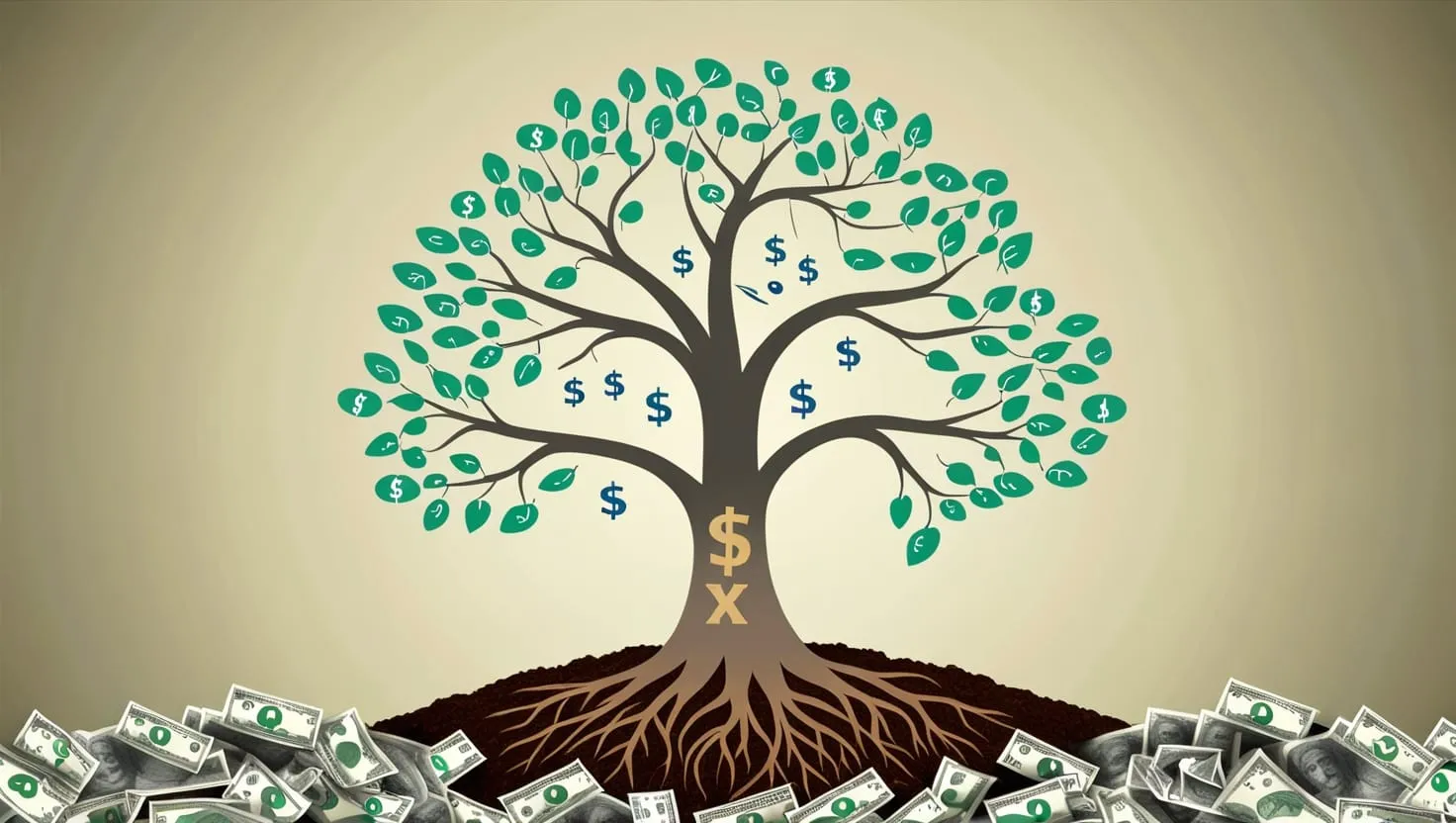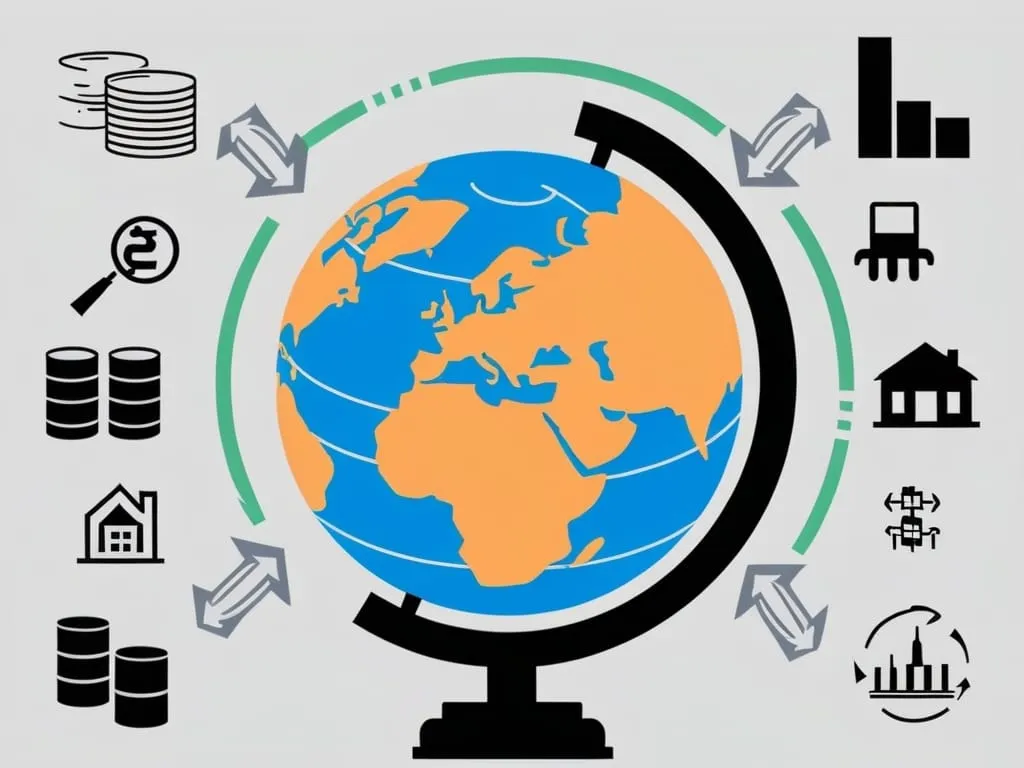In the era of remote work, the traditional office has given way to virtual workspaces, and for many finance professionals like myself, this shift has introduced both challenges and opportunities. As I delve into the world of financial analysis from the comfort of my home, I’ve come to realize that my digital environment plays a significant role in my financial decision-making and productivity.
The concept of Feng Shui, an ancient Chinese practice aimed at creating balance and harmony in one’s environment, has been a game-changer for me. When applied to digital workspaces, Feng Shui principles can be just as powerful as they are in physical spaces. The first step in this journey was to understand that my digital environment is not just a collection of screens and software, but a space that influences my mindset and behavior.
Organizing my desktop, for instance, has had a profound impact on my productivity. A cluttered desktop with numerous icons and files scattered everywhere can create a sense of chaos, much like a cluttered physical office. By categorizing files, using folders, and keeping frequently used applications easily accessible, I’ve created a sense of order that allows positive energy, or Qi, to flow freely. This simple act of organization has reduced my stress levels and improved my focus on budgeting tasks.
Colors also play a crucial role in Feng Shui, and this extends to the digital world. The color schemes of my financial apps can significantly influence my spending habits and financial decision-making. For example, using apps with calming colors like blue or green helps reduce stress and promotes more thoughtful financial decisions. On the other hand, apps with bold and fiery colors like red or orange can increase motivation but may also lead to impulsive decisions. I’ve found that switching to apps with more balanced color schemes helps me approach my finances with a clearer mind.
Creating a digital “wealth corner” has been another insightful practice. In traditional Feng Shui, the wealth corner is a specific area dedicated to attracting abundance and prosperity. In my digital workspace, I’ve designated a specific folder or section on my computer as my wealth corner. This is where I store important financial documents, investment trackers, or budget plans. Keeping this area organized and easily accessible helps me stay focused on my financial goals.
Surrounding myself with symbols of success is another powerful motivator. In my digital workspace, this means displaying digital certificates, awards, or mementos of past achievements. I also use digital wallpapers or screensavers that inspire me and remind me of my goals. For instance, if I’m working towards a specific financial goal, such as saving for a house or paying off debt, having a visual reminder on my desktop keeps me motivated and focused.
The arrangement of my virtual workspace, including the placement of my desk and the use of virtual backgrounds in video calls, also subtly shapes my financial discussions. In Feng Shui, the “command position” is crucial; this means placing your desk in a way that you can see the door without being directly in line with it. While this might seem less relevant in a virtual setting, the principle still applies. For example, choosing a virtual background that is calm and professional can enhance the seriousness and focus of financial discussions.
Incorporating elements of nature into my digital workspace has also been beneficial. Adding a little water fountain sound or some digital plants to my background can include two of the five elements of Feng Shui – water and wood. These elements help improve the overall energy and mood of my workspace, making it more conducive to creative and focused work.
Ergonomics and the physical comfort of my workspace are also important considerations. A solid and sturdy desk, along with a comfortable office chair, provides stability and support. The colors of these items, chosen according to Feng Shui guidelines, can further enhance the energy of my workspace. For instance, using earthy tones like brown can represent being grounded and improve confidence and stability.
The psychology behind these digital spaces is fascinating. The flow of Qi in my workspace can significantly impact both the atmosphere and the mental and emotional climate. When my workspace has more free-flowing Qi, it encourages a more creative and focused mindset, which is essential for financial analysis and decision-making.
As I continue to optimize my digital workspace, I’ve realized that it’s not just about aesthetics; it’s about creating an environment that supports my financial goals and well-being. By applying Feng Shui principles, I’ve enhanced my productivity, reduced digital clutter, and promoted a positive money mindset.
For those who are skeptical about the impact of their digital environment, I encourage you to try these simple adjustments. Start by organizing your desktop, choose calming color schemes for your financial apps, and designate a wealth corner. These small changes can make a significant difference in how you approach your finances and how productive you are in your virtual workspace.
In the end, creating a harmonious digital environment is about more than just following ancient practices; it’s about understanding how our surroundings influence our behavior and mindset. By optimizing our virtual spaces, we can improve our financial clarity, enhance our overall quality of life, and achieve greater success in the digital age.






